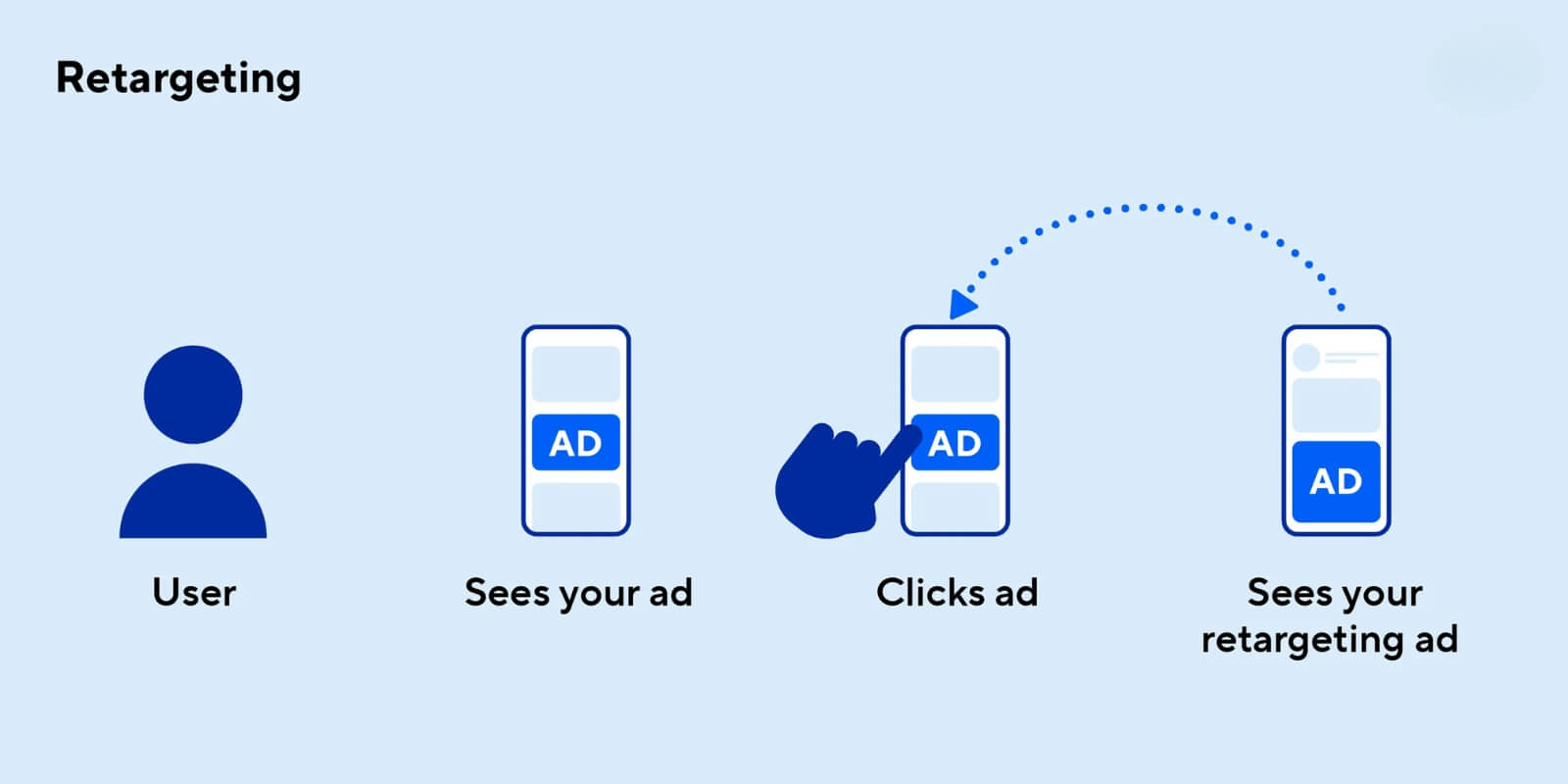| Riyadh, Saudi Arabia
How Retargeting Works and Why It’s Powerful
Retargeting, also known as remarketing, is a form of online advertising that targets users who have previously visited your website or interacted with your brand. Instead of trying to reach new audiences, retargeting focuses on bringing back those who already showed interest in what you offer. This technique keeps your brand top-of-mind and encourages people to return and complete an action, whether it's a purchase, sign-up, or download. Here’s how it works. When a user visits your website, a small piece of code called a pixel is triggered. This pixel drops a browser cookie that allows you to track the visitor anonymously. Once they leave your site and browse other websites or social media platforms, the cookie allows your ads to follow them. These ads are personalized and designed to remind users of your product or service, prompting them to come back. This constant visibility builds familiarity and trust. Think of it like a digital reminder. The more your audience sees your brand, the more likely they are to engage again. In fact, studies show that retargeted ads can increase the likelihood of conversion by up to 70 percent compared to standard ads. Retargeting is especially powerful because it focuses on warm leads. These are people who already interacted with your brand, making them far more likely to convert than someone seeing your ad for the first time. Instead of starting from scratch, you're continuing a conversation that already began. There are different types of retargeting strategies. One is site-based retargeting, where users are shown ads based on the pages they visited on your website. For example, if someone browsed your pricing page but didn’t sign up, you can show them a special offer to bring them back. Another type is email retargeting, where you serve ads to users based on their email interactions. You can also retarget based on behavior, such as watching a video, adding a product to a cart, or clicking a call-to-action button. Retargeting works across platforms. You can run retargeting campaigns on Google Display Network, Facebook, Instagram, LinkedIn, YouTube, and more. This cross-platform approach ensures your brand stays visible wherever your potential customers go online. To make the most of retargeting, your ads must be relevant and engaging. Personalized messaging, dynamic product ads, limited-time offers, and clear call-to-actions all improve performance. You should also segment your audience to tailor ads for different user behaviors, like cart abandoners, blog readers, or past customers. But retargeting isn’t just about pushing people to convert. It’s also a great way to educate, build trust, and nurture long-term relationships. You can use retargeting to share testimonials, blog posts, how-to videos, or new feature updates. This keeps your audience engaged even if they’re not ready to buy yet. However, be careful not to overdo it. Showing the same ad too often can annoy users and hurt your brand image. Use frequency caps and rotate creative elements to keep your retargeting fresh and non-intrusive. In summary, retargeting is a cost-effective strategy that turns lost opportunities into conversions. It helps you stay connected to your audience, improves brand recall, and significantly increases your chances of closing a sale. If you’re not using retargeting yet, you’re missing a valuable opportunity to maximize your marketing results.
